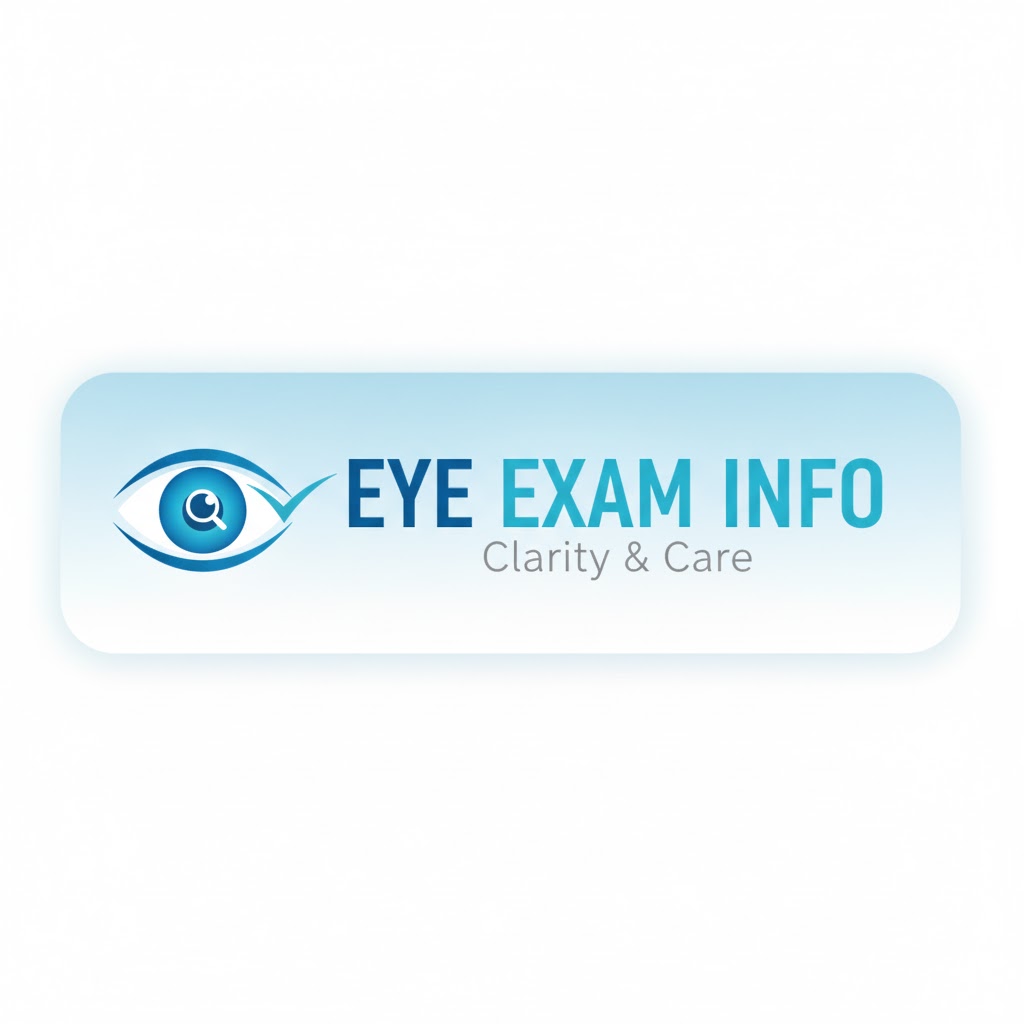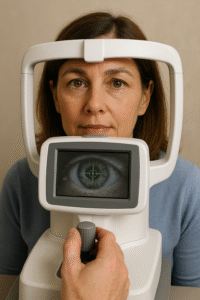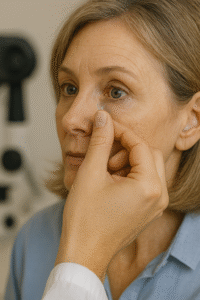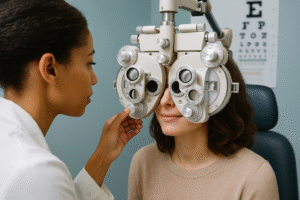10 Eye Health Tips That Every American Should Know in 2025 (Doctors Approve)

From screen strain to nutrition — here are 10 proven ways to protect your vision and keep your eyes healthy in 2025, straight from optometrists.
👁️ Introduction
In a world dominated by screens and artificial light, your eyes are working harder than ever.
Every American adult spends an average of 7+ hours per day staring at digital devices — and your vision is paying the price.
Good news? You can take control.
These doctor-approved, science-backed tips will help you protect your eyesight, reduce strain, and even improve clarity.
Let’s dive in. 👇
🧠 1. Schedule Regular Eye Exams — Don’t Wait Until It Hurts
Your eyes rarely hurt until it’s too late.
Most vision problems develop silently — glaucoma, macular degeneration, or even diabetes-related issues.
The American Optometric Association recommends a full exam every 1–2 years, even if you “see fine.”
Pro tip: EyeExamInfo’s directory helps you find affordable exams, even without insurance.
🖥️ 2. Follow the 20-20-20 Rule (Seriously, It Works)
Every 20 minutes, look at something 20 feet away for 20 seconds.
It’s the simplest, most effective way to combat digital eye strain — a condition now affecting 70% of office workers in the U.S.
💡 Combine this with blinking reminders to prevent dryness and burning.
🥦 3. Feed Your Eyes the Right Nutrients
Your eyes crave antioxidants.
Foods rich in lutein, zeaxanthin, omega-3s, zinc, and vitamin C reduce the risk of cataracts and age-related vision loss.
Top Picks:
- Spinach 🥬
- Salmon 🐟
- Carrots 🥕
- Blueberries 🫐
- Almonds 🌰
☀️ 4. Always Wear UV-Protective Sunglasses
UV rays don’t just tan your skin — they damage your retina.
Look for sunglasses labeled “100% UV Protection” or “UV400.”
This simple habit lowers your risk of cataracts and eye cancer.
💤 5. Don’t Underestimate Sleep
Lack of sleep leads to dry eyes, blurred vision, and twitching.
Aim for 7–8 hours each night.
While you sleep, your eyes repair corneal tissue — think of it as your natural “eye detox.”
💻 6. Adjust Your Screen Setup
Position your screen 20–24 inches from your eyes, slightly below eye level.
Increase font size, use blue-light filters, and consider blue-light-blocking lenses if you’re working long hours.
💧 7. Stay Hydrated
Dehydration = dry eyes.
Aim for 8–10 glasses of water daily.
Avoid overusing artificial tears — they’re a short-term fix, not a cure.
🧴 8. Go Easy on Eye Drops
Overusing redness-reducing drops can cause “rebound redness.”
Instead, look for preservative-free lubricating drops for genuine relief.
🚭 9. Quit Smoking — Your Eyes Will Thank You
Smoking damages blood vessels and accelerates macular degeneration.
Studies show smokers are 2–3x more likely to go blind later in life.
🧘 10. Manage Stress and Screen Anxiety
Stress can tighten eye muscles and worsen strain.
Try mindful blinking, neck stretches, or 5-minute screen breaks every hour.
Your eyes — and your productivity — will both improve.
How often should I get an eye exam?
Every 1–2 years, depending on your age and health.
What foods are best for eye health?
Leafy greens, oily fish, carrots, and nuts are essential for long-term vision support.
Do blue light glasses actually work?
Yes, especially for reducing evening strain and improving sleep quality.
Can dry eyes be cured naturally?
Often improved through hydration, nutrition, and screen hygiene practices.




Leave a Comment
Your comment will be published after it has been approved. Please send comments that do not contain slang words.